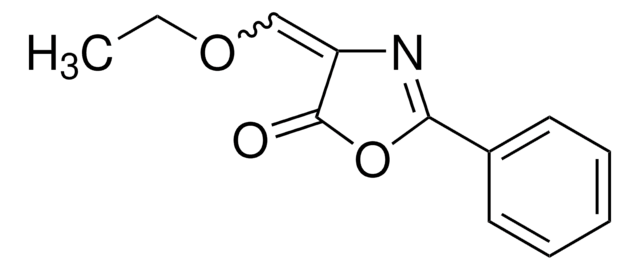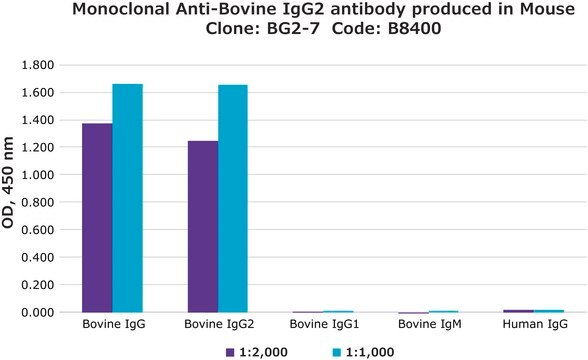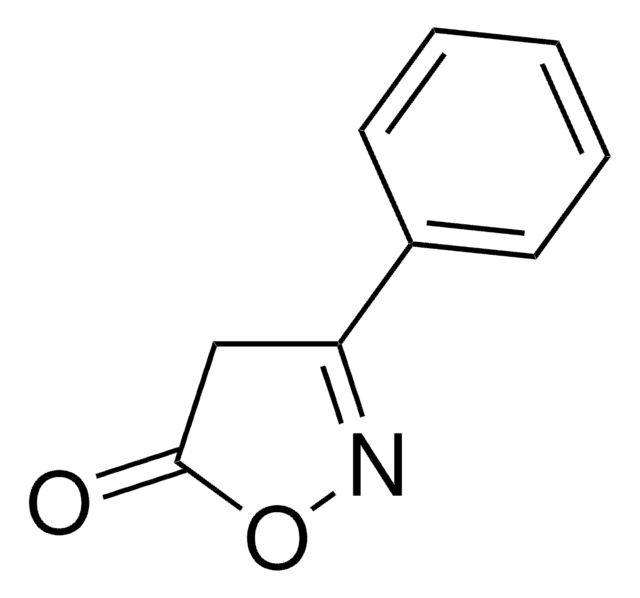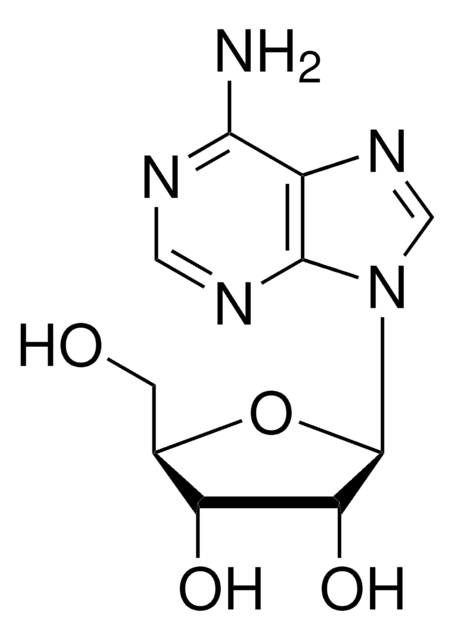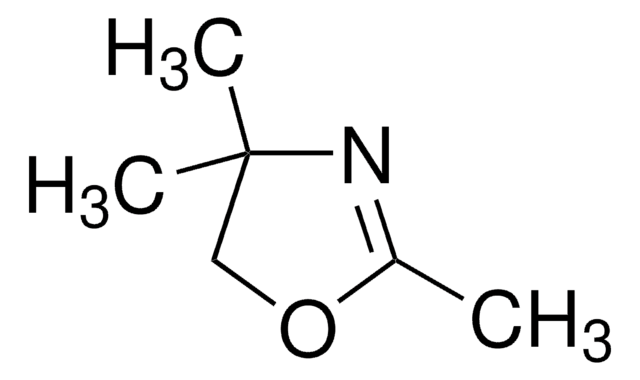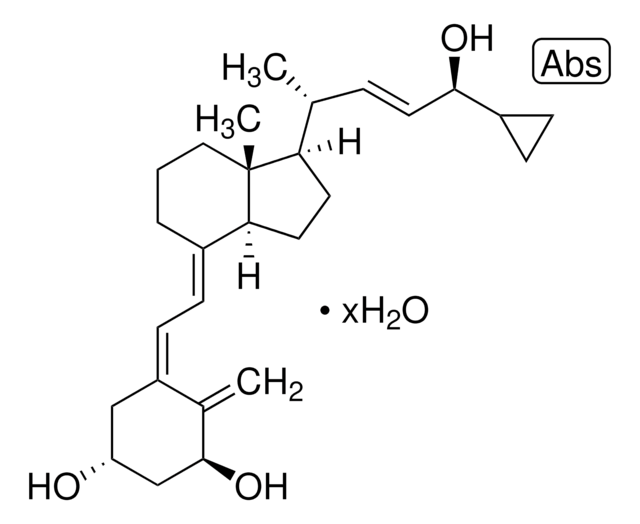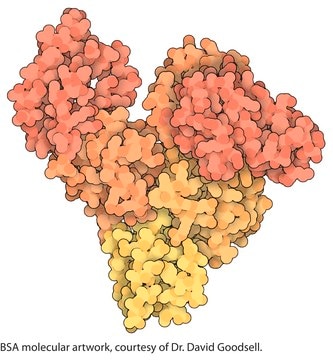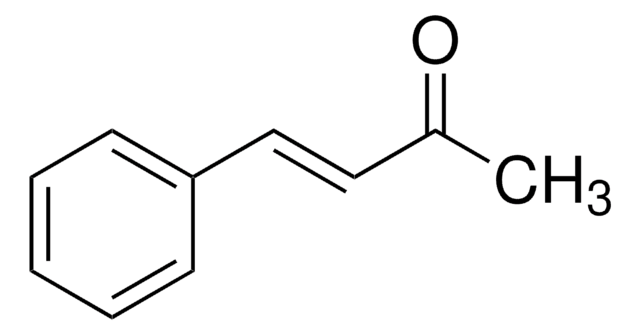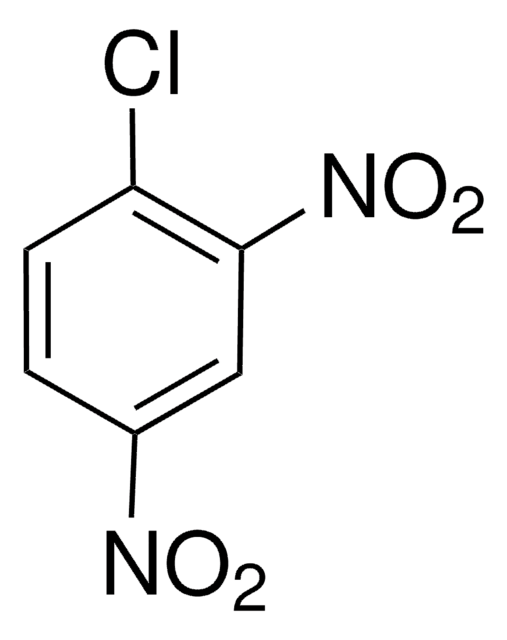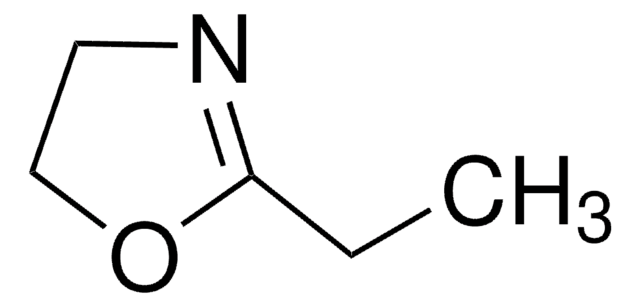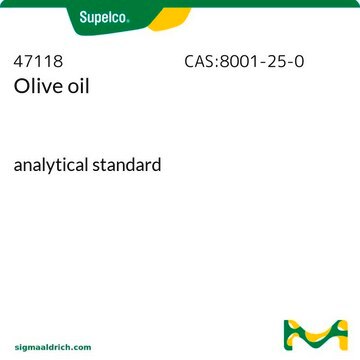E0753
4-Ethoxymethylene-2-phenyl-2-oxazolin-5-one
analytical standard, for drug analysis
About This Item
Recommended Products
grade
analytical standard, for drug analysis
Quality Level
Assay
≥90% (HPLC)
technique(s)
HPLC: suitable
gas chromatography (GC): suitable
mp
94-96 °C (dec.) (lit.)
application(s)
forensics and toxicology
pharmaceutical (small molecule)
veterinary
format
neat
storage temp.
2-8°C
SMILES string
CCO\C=C1/N=C(OC1=O)c2ccccc2
InChI
1S/C12H11NO3/c1-2-15-8-10-12(14)16-11(13-10)9-6-4-3-5-7-9/h3-8H,2H2,1H3/b10-8-
InChI key
SJHPCNCNNSSLPL-NTMALXAHSA-N
Looking for similar products? Visit Product Comparison Guide
Related Categories
Application
Biochem/physiol Actions
Signal Word
Warning
Hazard Statements
Precautionary Statements
Hazard Classifications
Skin Sens. 1
WGK
WGK 3
Flash Point(F)
Not applicable
Flash Point(C)
Not applicable
Personal Protective Equipment
Choose from one of the most recent versions:
Certificates of Analysis (COA)
Sorry, we don't have COAs for this product available online at this time.
If you need assistance, please contact Customer Support.
Already Own This Product?
Find documentation for the products that you have recently purchased in the Document Library.
Customers Also Viewed
Our team of scientists has experience in all areas of research including Life Science, Material Science, Chemical Synthesis, Chromatography, Analytical and many others.
Contact Technical Service